Developing strategic technology, aiming to form a high-tech industrial ecosystem
Presenting the Report, Permanent Deputy Minister of Science and Technology Vu Hai Quan said that the draft law consists of 6 chapters and 27 articles, a reduction of 8 articles and changes in structure and form compared to the current Law on High Technology.
According to Deputy Minister Vu Hai Quan, the most important legal basis for building the High Technology Law project (amended) is Resolution No. 57-NQ/TW of the Politburo on breakthroughs in science, technology and innovation development. This draft law adds a new concept of "strategic technology", considering it the focus for developing key areas, creating technological competitiveness for the country.
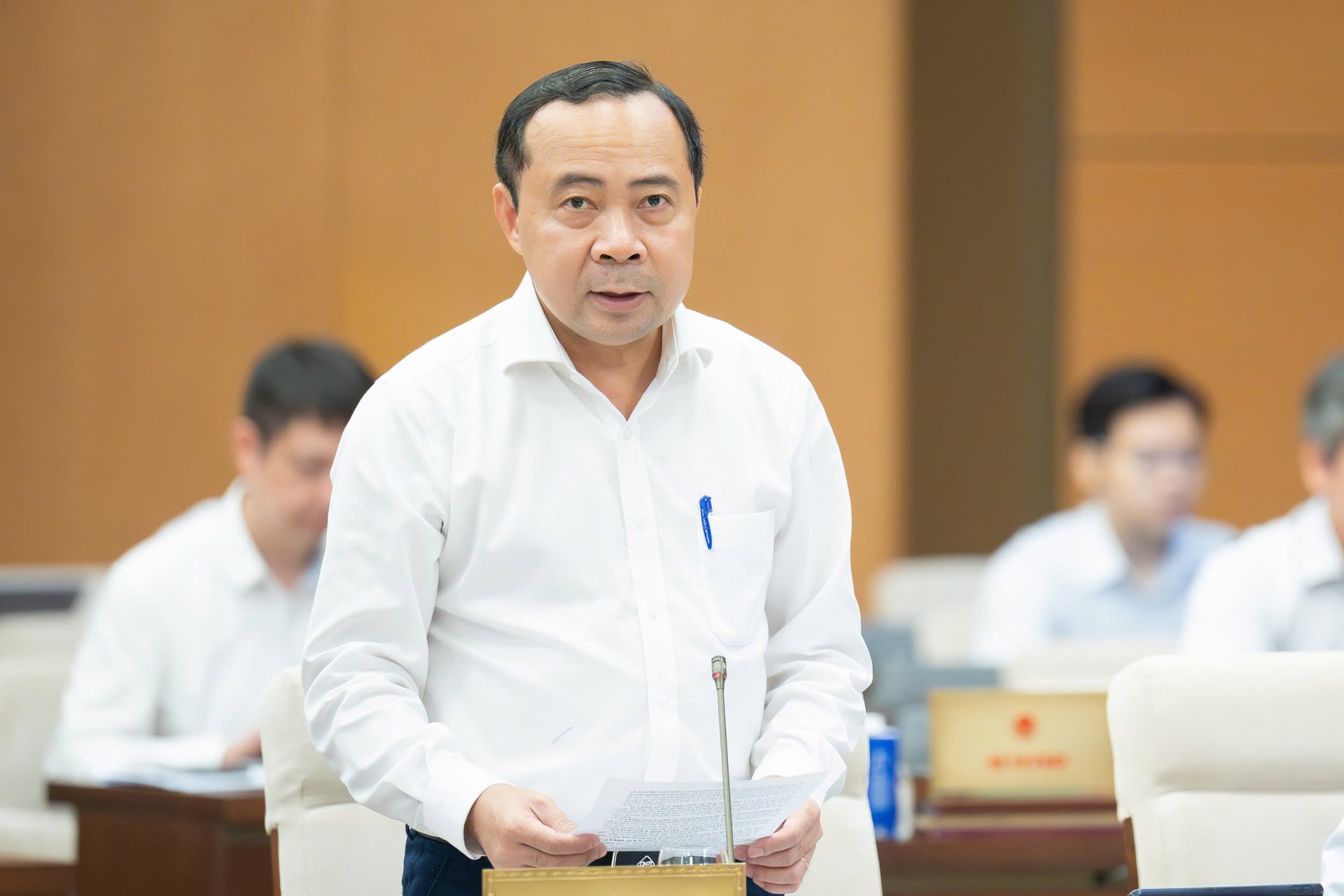
Permanent Deputy Minister of Science and Technology Vu Hai Quan presented the Report at the meeting.
The draft Law on High Technology (amended) aims to form a high-tech industrial ecosystem, supplement regulations on industrial parks and high-tech urban areas, and at the same time perfect the management mechanism, evaluate efficiency and increase transparency in incentive policies.
Incentives will be redesigned to be clear, effective, and expand the beneficiaries to domestic enterprises and innovative start-up projects. In particular, the highest incentives will be applied to core technologies and strategic technologies such as artificial intelligence (AI), semiconductors, linked with technology transfer commitments, to ensure real benefits for the Vietnamese economy.
A notable new point of the draft is the addition of a high-tech urban model (Tech City, Smart Tech Zone), a high-tech development area associated with modern infrastructure, a sustainable living and working environment. Accordingly, the high-tech urban area will take the high-tech zone as the core, with synchronous planning of technical and social infrastructure, a flexible management mechanism, and organizations and individuals operating here will be given priority to participate in the national science, technology and innovation program.
From the perspective of examination, Deputy Chairman of the National Assembly's Committee on Science, Technology and Environment Nguyen Phuong Tuan agreed with the proposal on the high-tech park model, but also pointed out some concerns.
"The concept of high-tech zones in the draft law has changed, removing the regulation allowing mass production and only allowing testing. If such a regulation is made, it will affect the businesses that are operating and it is unclear how they will be treated," Mr. Nguyen Phuong Tuan raised the issue and requested to clarify the handling direction.
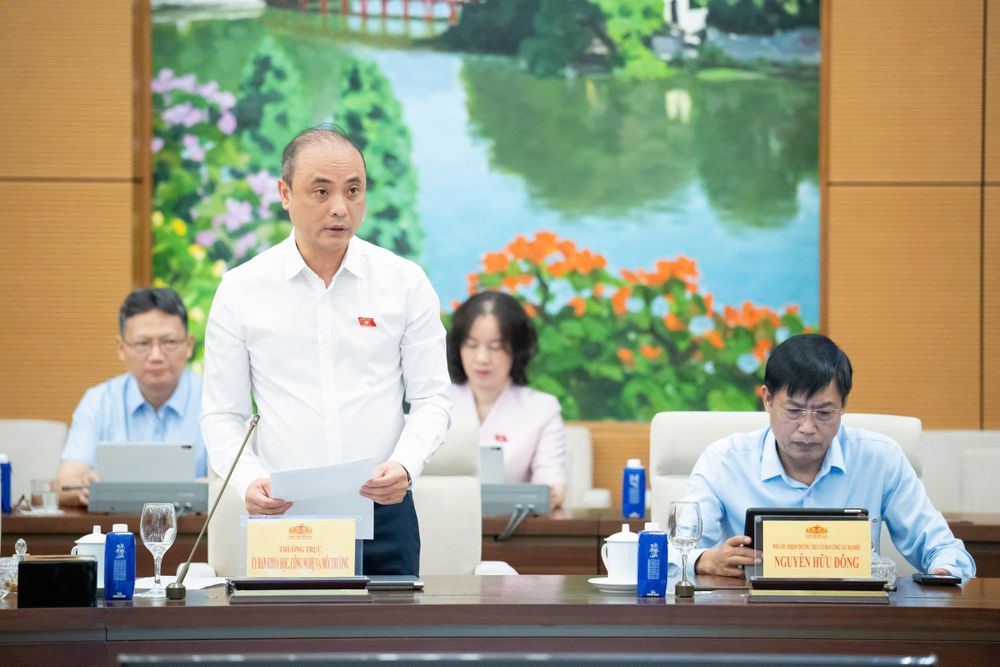
Deputy Chairman of the National Assembly's Committee on Science, Technology and Environment Nguyen Phuong Tuan spoke at the meeting.
Regarding the high-tech urban model, the National Assembly's Committee on Science, Technology and Environment found that this is a new model that needs to be carefully researched, assessed for impact, and consulted with international experience to ensure feasibility.
Commenting at the meeting, Chairman of the Committee for Culture and Society Nguyen Dac Vinh said that, with current conditions, Vietnam hardly has enough time to accumulate human resources and create high technology from scratch. "At the present time, I think it is necessary for us to import high technology to apply in production, and then learn from experience to gradually master it," said Mr. Nguyen Dac Vinh.
Mr. Nguyen Dac Vinh also suggested that there should be stronger incentive policies for enterprises importing technology, especially technologies serving production towards green economy and circular economy, contributing to promoting sustainable development.
High technology is the pillar of national security, defense and sovereignty.
Explaining the draft Law on High Technology (amended), Minister of Science and Technology Nguyen Manh Hung emphasized that the thinking about high technology has changed, high technology has become a strategic pillar, the backbone of economic security, national defense, national competitiveness and is linked to national sovereignty. This amended law must clearly demonstrate that viewpoint.
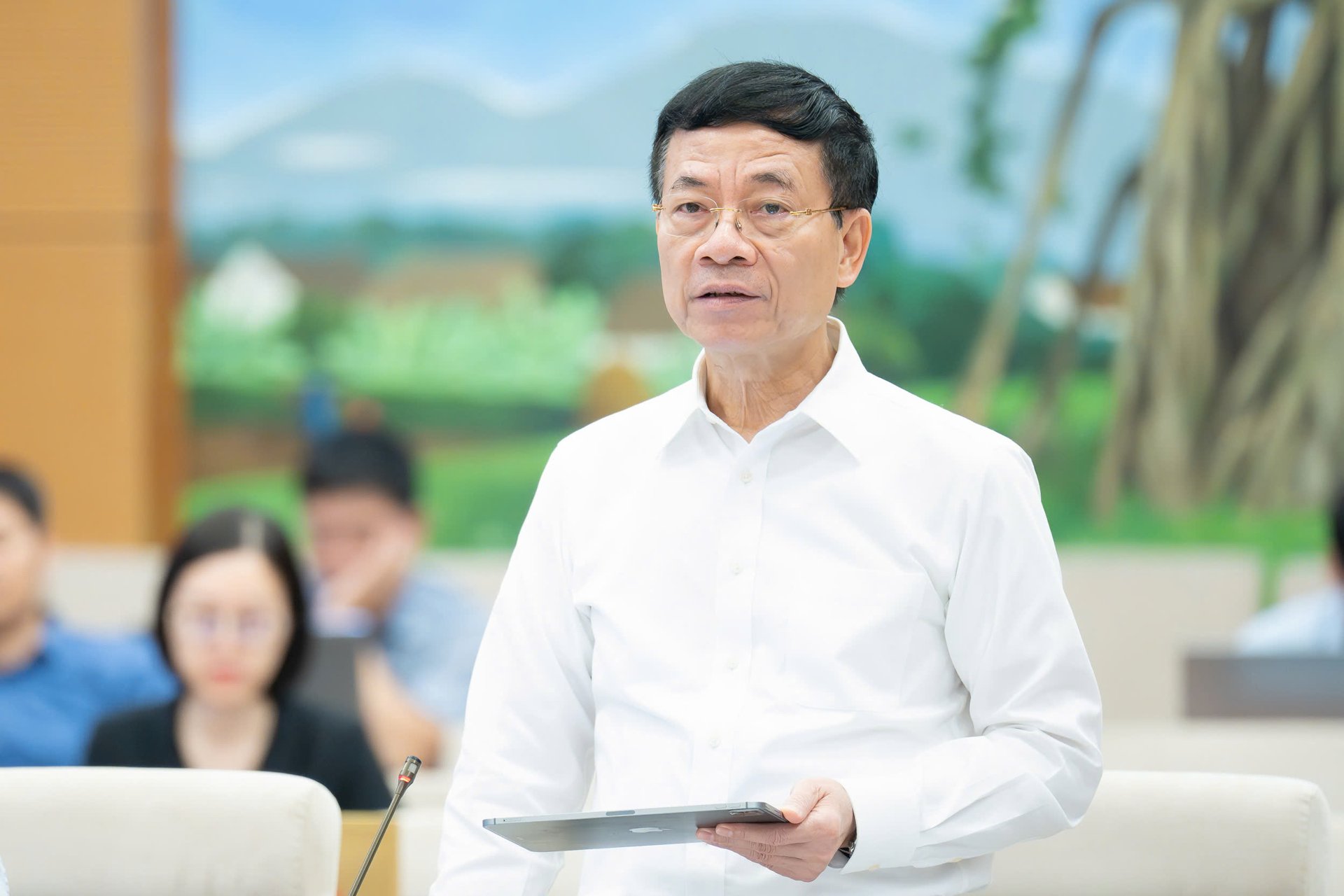
Minister of Science and Technology Nguyen Manh Hung explains the draft Law on High Technology (amended).
The Minister said that Vietnam has announced a list of 11 strategic technology groups that must be mastered, which is considered a declaration of autonomy and self-reliance. On that basis, the draft law has divided high technology, strategic technology, and core technology to distinguish management. Core technology is the innermost circle, which Vietnam must do and control itself. Next, strategic technology is the outer circle, a priority area to ensure autonomy. Finally, high technology is the outermost circle, serving the country's development.
"This law amendment is like injecting some new DNA into the old structure, creating a new genome reflecting the Party's new ideology on science and technology without breaking the current structure," the Minister said.
According to Minister Nguyen Manh Hung, one of the most fundamental changes in the draft Law on High Technology (amended) is to clarify the content of high technology and propose tighter incentive conditions, linking incentive policies with domestic capacity. "If an enterprise only assembles, the value created by Vietnam is only 10%, does not have an R&D center, and does not master core technology, should it be given incentives or not?", the Minister raised the issue.
The Minister pointed out that the High Technology Law was issued in 2008. Over the past 20 years, the high technology incentive mechanism has mainly focused on assembly and processing without taking into account the domestic rate or the level of technology transfer. This draft law overcomes that limitation, requiring FDI to be associated with technology transfer, human resource training and research and development in Vietnam. High technology enterprises will be assessed annually, instead of just needing a certificate to enjoy incentives for many years without being subject to post-audit.
Minister Nguyen Manh Hung said that the drafting agency will absorb as many opinions as possible to complete the draft and submit it to the National Assembly for consideration in the coming time.
Source: https://mst.gov.vn/dua-cong-nghe-cao-tro-thanh-tru-cot-an-ninh-quoc-phong-va-chu-quyen-quoc-gia-197251016153331901.htm



![[Photo] Nhan Dan Newspaper launches “Fatherland in the Heart: The Concert Film”](https://vphoto.vietnam.vn/thumb/1200x675/vietnam/resource/IMAGE/2025/10/16/1760622132545_thiet-ke-chua-co-ten-36-png.webp)


![[Photo] General Secretary To Lam attends the 18th Hanoi Party Congress, term 2025-2030](https://vphoto.vietnam.vn/thumb/1200x675/vietnam/resource/IMAGE/2025/10/16/1760581023342_cover-0367-jpg.webp)

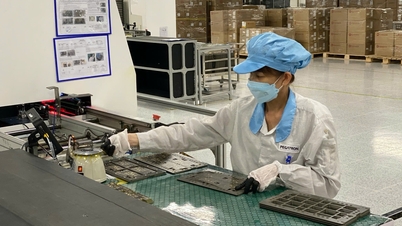



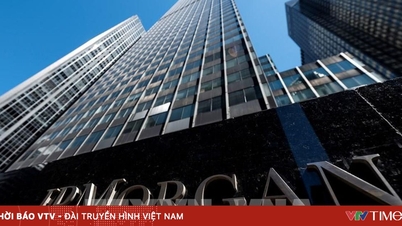

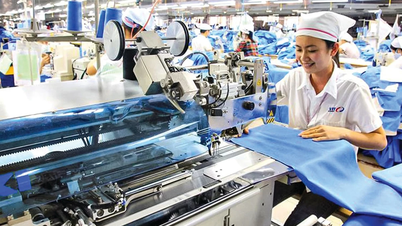



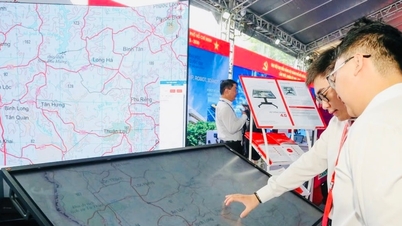

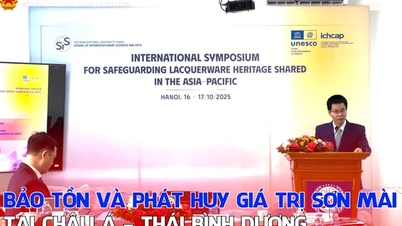

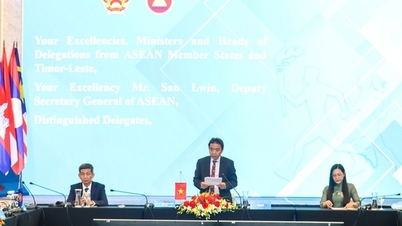
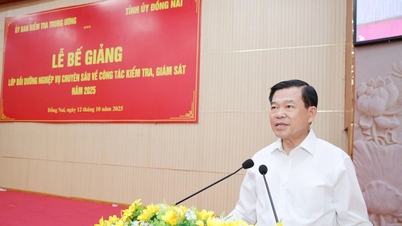


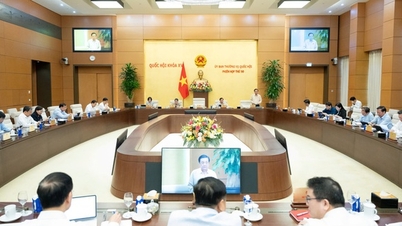
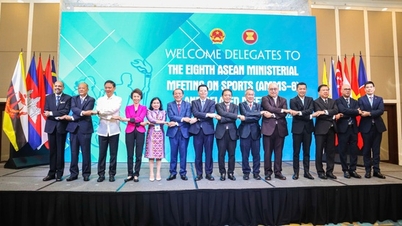




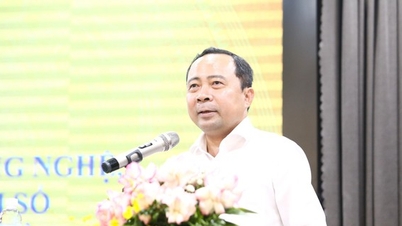

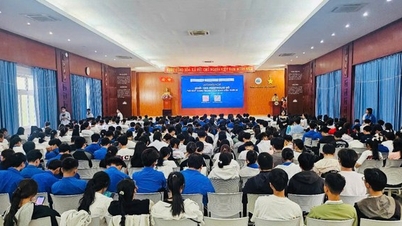
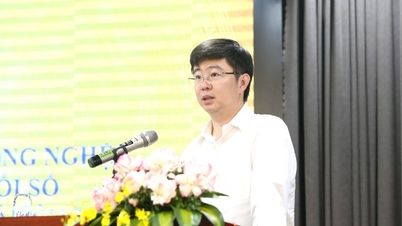

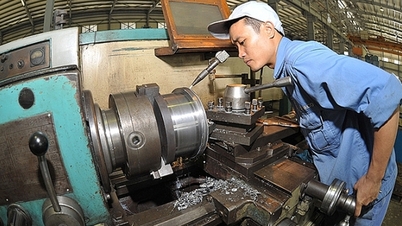
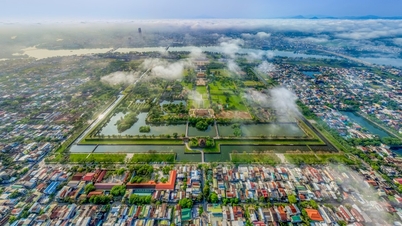







![[Video] TripAdvisor honors many famous attractions of Ninh Binh](https://vphoto.vietnam.vn/thumb/402x226/vietnam/resource/IMAGE/2025/10/16/1760574721908_vinh-danh-ninh-binh-7368-jpg.webp)



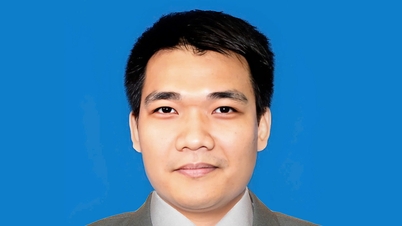








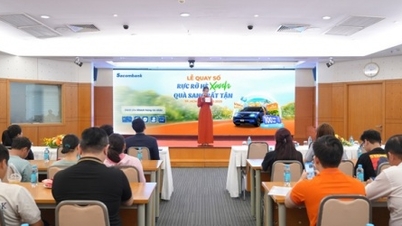






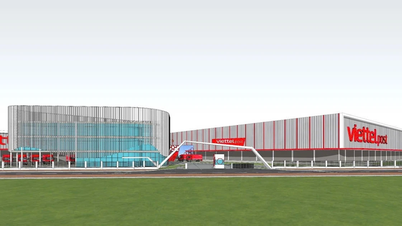
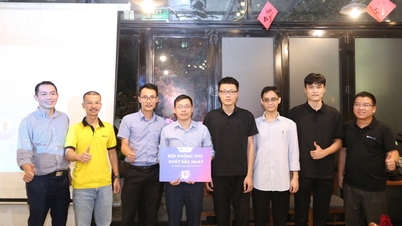







![[Photo] Nhan Dan Newspaper launches “Fatherland in the Heart: The Concert Film”](https://vphoto.vietnam.vn/thumb/402x226/vietnam/resource/IMAGE/2025/10/16/1760622132545_thiet-ke-chua-co-ten-36-png.webp)

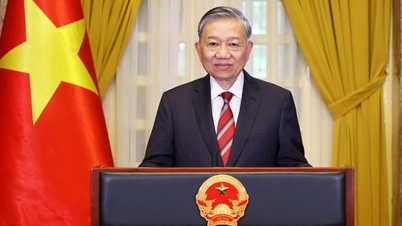




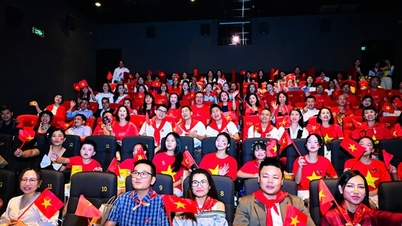
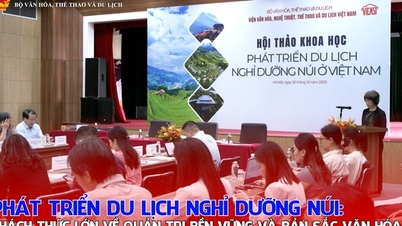
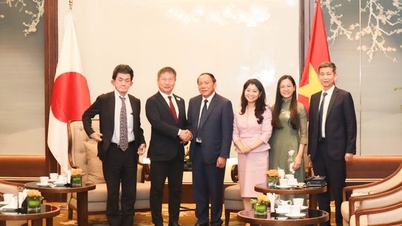
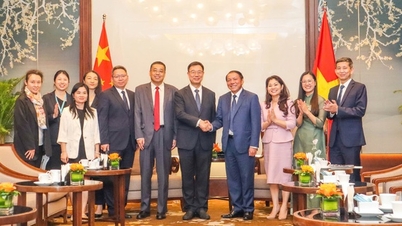


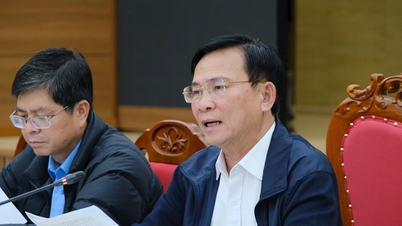
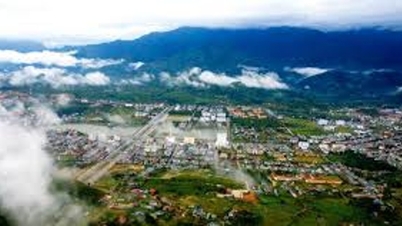





















Comment (0)